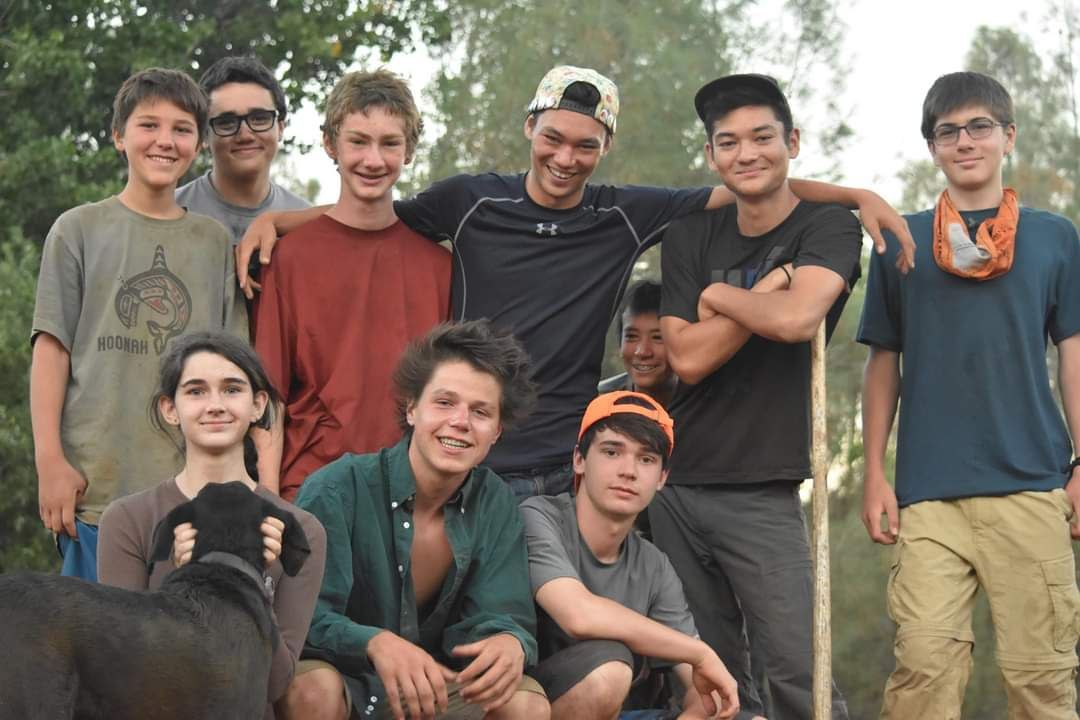Greatest Generation 2.0 – Column by Brian D. King
Last month, I covered the first two of four frequently asked questions (FAQ) that parents present to me when discussing firearms for their child.
In this issue, I will cover the FAQ:
- What should I get my son or daughter as their first hunting rifle?
First, a little history. Over the past decade of teaching hunter education for various states, as well as teaching shooting and hunting skills in our K-12 school, many of the kids came from non-hunting families. Typically, grandpa or great-grandpa was an avid hunter, but it skipped a generation or two, and then a new-found enthusiasm to hunt with their child emerged. Around evening campfires, I hear that the love for hunting may have waned because of a spouse that grew up anti-gun or because life, career, or moving to an urban area got in the way. Eventually, one or both of the parents want to learn with their child, but they don’t know where to start.
It was the parents who requested that we add shooting and hunting into our school program. It took several years of prep to get all the certifications and equipment to offer this training. A decade ago, the documentary An Acquired Taste was filmed that featured two of our students from non-hunting families, along with their parents who I was mentoring to become skilled, ethical hunters. One of the families was anti-gun before this three year journey, and now the father and son hunt together. The other was a single-mom family.
This award-winning film was soon used to train game wardens in Oregon, and it was shown at the International Hunter Education Association conference to train hunter education teachers.
This article is written for not the parents whom are seasoned hunters, but for the ones that need some remedial education when it comes to getting their kids into hunting. If you are a skilled hunter, you will likely find this article boring, or you may even take exception to some of the points I make.
From my education, training, and experience, I am not suggesting what you should do, but only what works for me and my students.
That being said, what would I suggest as the first hunting rifle?
I must respond with a couple of questions: What are you and your child going to hunt? What will the environment be like, and what bureaucratic rules must be followed?
If squirrels and rabbits are the targeted goal, my pervious article included the benefits of an auto-loading rifle chambered .22 LR, which is relatively quiet with little perceivable recoil. The loud bang and heavy recoil that the grandfather’s Winchester Model 70 chambered in .30-06, or any of the .300 magnum chamberings, has recoil like being punch by the neighborhood bully. Starting with a rifle that’s too big takes the fun out of shooting for novices, and may lead to the bad habit of jerking the rifle out of fear of recoil when pulling the trigger.
An auto-loader chambered in .223 Rem/5.56 NATO, though louder with a tolerable recoil, has one big negative – the cost to shoot. The 9¢ cost per round for .22 LR compared to 60¢ to a dollar per round for a .223 Rem/5.56 NATO will add up quickly. A weekend of instruction and practice will require 400-500 rounds and is likely to cost as much as a quality .22 LR auto-loader rifle. It requires practice and a lot of ammo to make the foundational skills of shooting, including trigger control, a habit.
Parents also ask my advice on a first rifle to hunt big game.
The .22LR auto-loader is good practice, but it is not legal to hunt big game with since it’s rimfire ammo, which has the primer chemical in the rim of the case. Legal ammo for big game must be centerfire (i.e. the primer is in the center of the head of the case), which is more powerful and dependable. The diameter of the bullet of the .22 LR and the .223 Rem or 5.56 NATO are nearly the same, but the .223 Rem/5.56 NATO has more powder and therefore a higher velocity, flatter trajectory, longer reach, and more kinetic energy at the target.
When the youth has the muscle and grit to handle the recoil, they can move to hogs and white tail through elk with a rifle chambered in .308 Win or .270. Both are good calibers that we use at the school. However, most teens tend to find the recoil a surprise, and some even experience some pain for the first few sessions.
Now, take the time and make memories with your kids out shooting.







